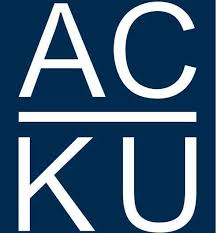Afghanistan investment climate statement / United States of American.
Material type: TextLanguage: English Publication details: Kabul, Afghanistan : Embassy of the United States of America, 2015.Description: 20 pages ; 30 cmSubject(s): LOC classification:
TextLanguage: English Publication details: Kabul, Afghanistan : Embassy of the United States of America, 2015.Description: 20 pages ; 30 cmSubject(s): LOC classification: - Pamphlet HC417. A559 2015
| Item type | Current library | Call number | Status | Date due | Barcode | Item holds | |
|---|---|---|---|---|---|---|---|
 Monograph
Monograph
|
Afghanistan Centre at Kabul University | Pamphlet HC417.A559 2015 (Browse shelf(Opens below)) | Available | 3ACKU000511401 |
Cover title.
“June 2015”.
“U.S. Department of State ; 2015 investment climate statement”—at head of title.
Contents: Executive summary—1. Openness to, and restrictions upon, foreign investment—2. Conversion and transfer policies—3. Expropriation and compensation—4. Dispute settlement—5. Performance requirements and investment incentives—6. Right to private ownership and establishment—7. Protection of property rights—8. Transparency of the regulatory system—9. Efficient capital markets and portfolio investment—10. Competition from state-owned enterprises—11. Corporate social responsibility—12. Political violence—13. Corruption—14. Bilateral investment agreements—15. OPIC and other investment insurance programs—16. Labor—17. Foreign trade zones/free ports/trade facilitation—18. Foreign direct investment and foreign portfolio investment statistics—19. Contact point at post for public inquiries.
Summary: “The Afghan economy has experienced steady economic growth averaging 10 percent between 2005 and 2013. That growth was driven largely by the international presence, including spending by international security forces and international aid agencies. As international assistance declines, growth is expected to be one to two percent per year in the short term and three to four percent per year in the medium term. This growth is not expected to be sufficient to cover anticipated government budget deficits, and the Afghan government must therefore focus on improving domestic revenue generation…”—(page 3).
English
